This page contains affiliate links, which means I may receive a commission if you purchase through links on my site, at no additional cost to you. Find out more here: affiliate disclosure.
Audio Programming Books
Learning to program audio can be very challenging. There’s so much to learn: DSP, audio theory, and coding. Its the intersection of a lot of niche skills. This make its hard, but immensely appealing and rewarding! Whether you’re learning how to use Max Msp, C++, Learning how to make audio plugins, software or interactive sound his list of audio programming books will help you navigate the world of audio programming.
The audio programming books will cover the principles and techniques needed to create custom audio plugins, software, and more. From basic concepts like frequency manipulation to more advanced topics like 3D sound processing, there is something for everyone in this list of books. Good luck 😉
Table of Contents
Related: The Best Electronic Music Production Books
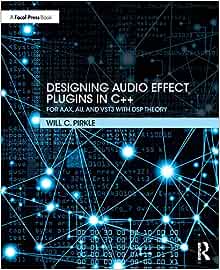
View on: Amazon
Designing Audio Effect Plugins in C++: For AAX, AU, and VST3 with DSP Theory
Designing Audio Effect Plugins by Will Pirkle is the ultimate guide for those interested in creating audio plugins. It offers a comprehensive overview of the principles and techniques needed to create custom effects, from frequency manipulation to 3D sound processing. The book also contains plenty of practical examples to help readers apply what they learn in the book. This is an excellent resource for anyone looking to get a deep understanding of audio programming and plugin development.
Related: Plugin Delvelopment Course by Kadenze
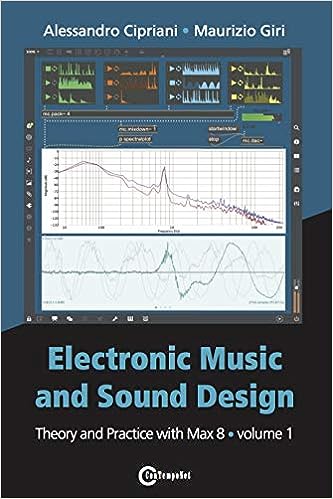
View on Amazon
Electronic Music and Sound Design – Theory and Practice with Max 8 – Volume 1 (Third Edition)
Overview of the theory and practice of Max/MSP, with a glossary of terms and suggested tests that allow students to evaluate their progress. Comprehensive online support, running parallel to the explanations in the book, includes hundreds of sample patches, analyses, interactive sound-building exercises, and reverse engineering exercises. I like the way this book is separated into Theory & practice sections.
Related: The Best Music Production Schools

View on Amazon
Electronic Music and Sound Design – Theory and Practice with Max 7 – Volume 2 (Third Edition)
Overview of the theory and practice of Max/MSP, with a glossary of terms and suggested tests that allow students to evaluate their progress. Comprehensive online support, running parallel to the explanations in the book, includes hundreds of sample patches, analyses, interactive sound-building exercises, and reverse engineering exercises. I like the way this book is separated into Theory & practice sections.
Related: Max for Live Course by Kadenze

View on Amazon
Designing Sound (The MIT Press)
Designing Sound by Andy Farnell is an in-depth exploration of the art and science of sound design. The book covers topics such as signal processing, synthesis, sampling, physical modeling, binaural audio, psychoacoustics, and much more. It also includes plenty of practical examples to help readers apply what they learn in the book. This is an excellent resource for those looking to create immersive, unique audio experiences.
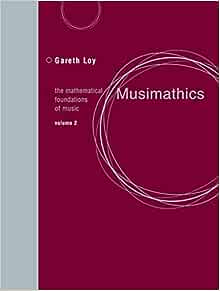
View on AmazonMusimathics
Musimathics vol 1 & 2
Musimathics by Gareth Loy is an advanced exploration of the mathematics behind audio processing and synthesis. This two-volume set provides a comprehensive overview of topics such as Fourier analysis, filter design, sound synthesis, and signal processing for real time applications. It’s perfect for those looking to develop a deep understanding of the mathematical principles that are essential for creating sophisticated audio experiences. A great introduction to the mathematics and physics of music, focusing on the digital and computational domain; essential reading for musicians, music engineers, and anyone interested in the intersection of art and science.
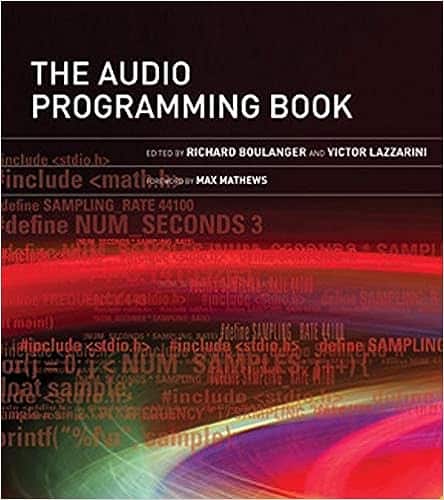
View on Amazon
The Audio Programming Book (The MIT Press)
The Audio Programming Book by Richard Boulanger and Victor Lazzarini is an in-depth resource for those looking to get a deep understanding of audio programming. The book covers a wide range of topics from basic concepts such as signal processing, to more advanced techniques like 3D sound design and virtual reality audio. It also contains plenty of practical examples to help readers apply what they learn in the book. This is an excellent resource for those looking to gain a comprehensive understanding of audio programming and its applications.
Related: Sound Synthesis Course by Kadenze
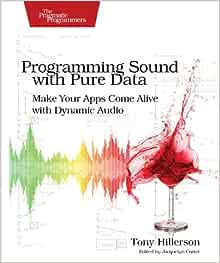
View on Amazon
Programming Sound with Pure Data
Programming Sound with Pure Data is an excellent introduction to the open-source Pure Data programming environment, which has become hugely popular among musicians and sound designers. The book provides a comprehensive overview of the tools and techniques needed to create interactive audio and visual experiences with Pure Data. It covers everything from basic concepts such as signal processing, to more advanced topics like 3D sound design and virtual reality audio. This book is perfect for those looking to create unique and dynamic sounds with Pure Data.
FAQ
How do I become an audio programmer?
Becoming an audio programmer requires a deep understanding of signal processing, coding, and computer theory. There are many resources available to help you get started, including online tutorials, books, and courses. The best way to learn is by doing – so experiment with some of the tools discussed in this article and see what resonates with you! With practice and patience you can become an expert audio programmer. Good luck!
How do I create sound effects for games?
Creating sound effects for games requires a deep understanding of signal processing, computer science, and game design. You will need to either have programming experience or be willing to learn the basics. Once you have the necessary skills, you can create custom plugins to generate and manipulate sound, as well as design virtual instruments and interactive audio environments. You can also use synthesis techniques to create unique sounds and ambiences that will help bring your game to life. With practice, patience, and some creativity you too can become a master of game audio!
What is the best software for sound design?
The best software for sound design depends on your needs and experience level. If you’re just getting started, a basic DAW (digital audio workstation) such as Ableton Live or Logic Pro is a great place to begin. For more advanced users, tools like Max/MSP or Pure Data are excellent options for creating interactive sound designs. Additionally, there are plenty of commercial plugins available that can help you create unique sounds quickly and easily. Whichever software you choose, make sure it fits your workflow and provides the features you need for successful sound design.
What is signal processing?
Signal processing is a form of computer engineering that deals with manipulating audio signals in order to produce desired results. Signal processing techniques can be used to modify or enhance existing audio, create new sounds, or process and filter signals in order to achieve a desired outcome. It is an essential tool for sound designers and audio programmers, as it allows them to create unique and immersive sound experiences. Signal processing can range from basic techniques like equalization and compression, to more advanced concepts such as 3D sound design and virtual reality audio. With the right tools and knowledge, signal processing can be used to create truly unique audio experiences.
What is Pure Data?
Pure Data (also known as Pd) is an open-source graphical computer programming language that is commonly used for creating interactive computer music and multimedia artworks. It’s a powerful tool that allows users to create custom audio plugins, virtual instruments, and interactive audio environments. Pure Data is often used in conjunction with other software, such as Max/MSP or SuperCollider, to create complex sound designs. It’s the perfect tool for those looking to get into audio programming and create unique musical compositions.
What are VST Plugins?
VST plugins (or Virtual Studio Technology plugins) are software applications that allow users to create, manipulate, and process audio in a digital audio workstation (DAW). VST plugins can be used for a range of tasks such as equalization, reverb, compression, and delay. They are typically coded using C++ and come in various shapes and sizes. Popular VSTs include Waves, Native Instruments’ Massive X, or even the classic Pro Tools plugins. VSTs are a must-have for any sound designer or audio programmer, as they provide a quick and easy way to create custom sounds.
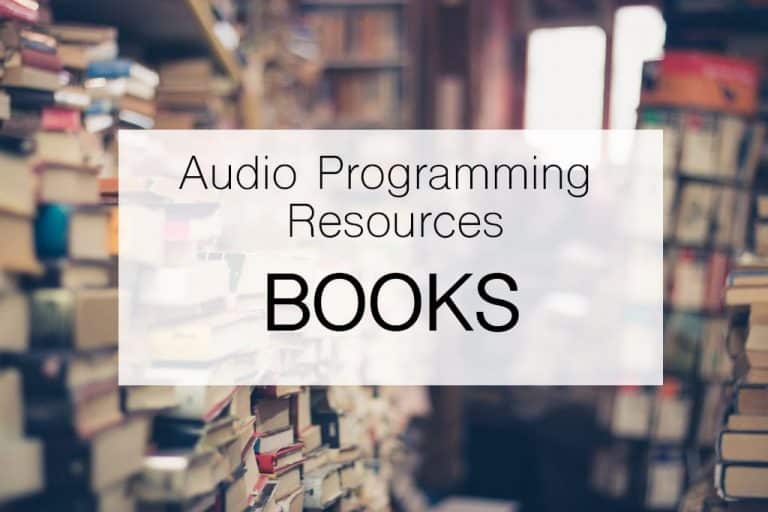
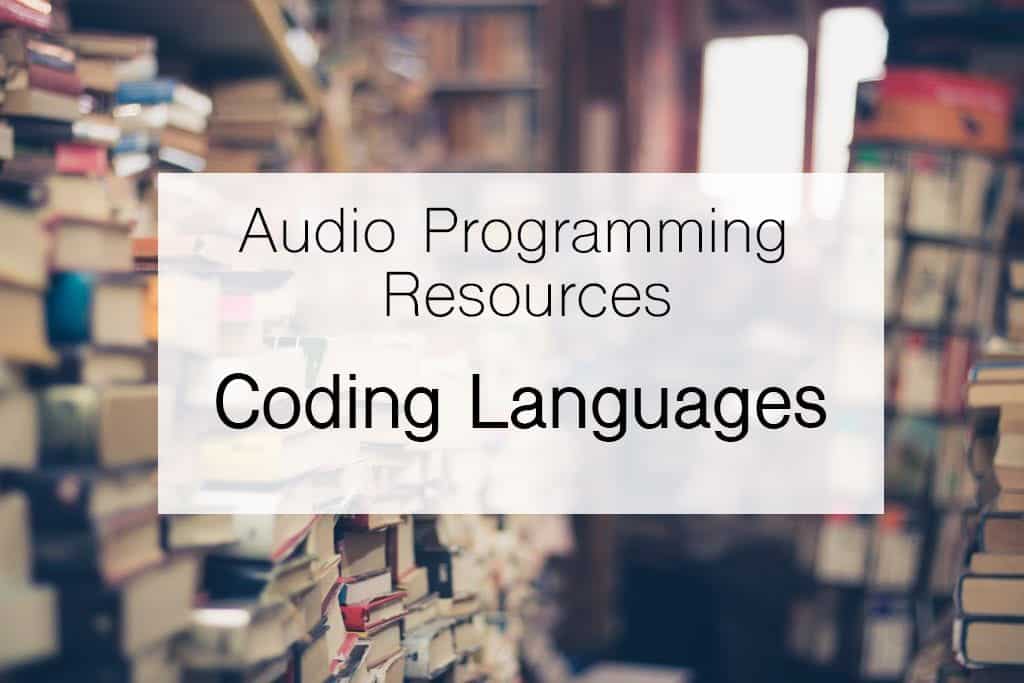
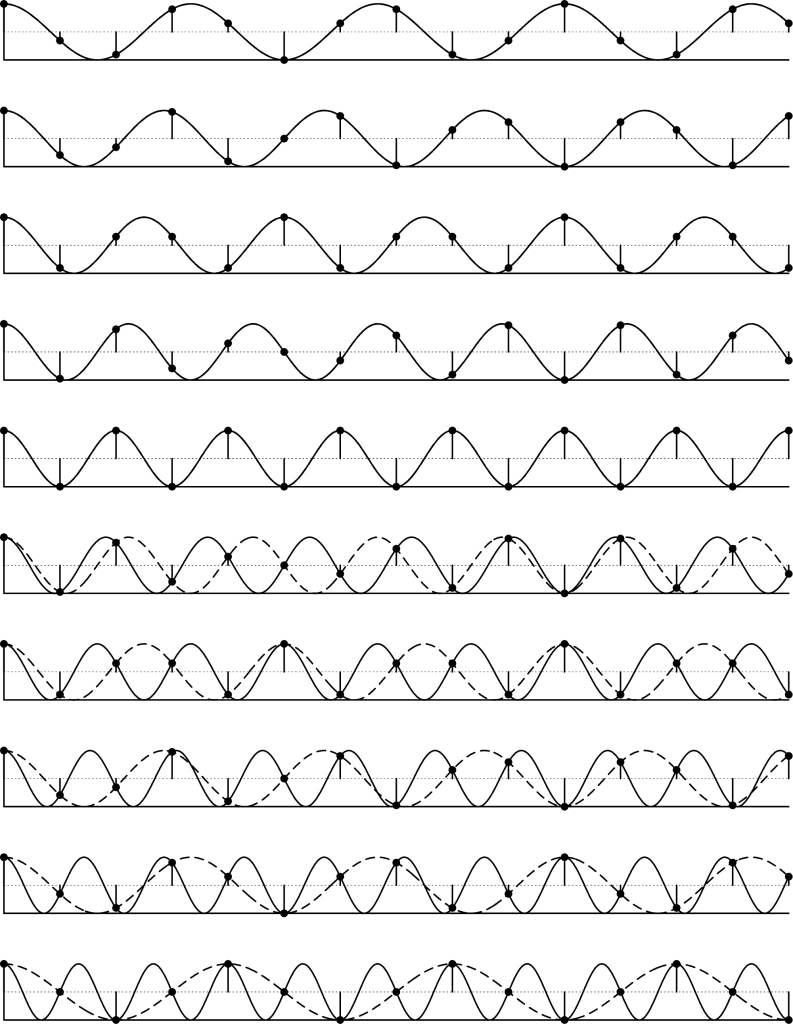
What book would help me learn how to set frequencies using a MPC-1?
Hello – An Audio programming book would be more suited to building audio plugins, so not suitable for your MPC.
To help me understand a little more, What frequencies are you trying to set?